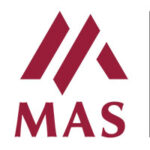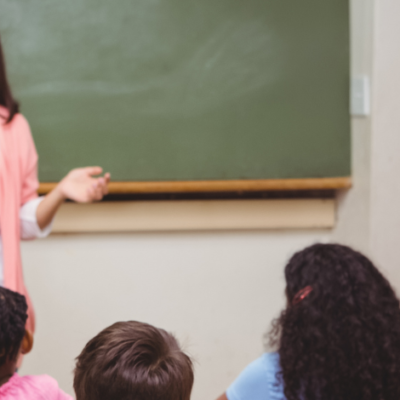Is traditional education still successful and relevant in the digital age, where technology has invaded every aspect of our lives? This is a common topic. At Manthena American School, we understand the significance of this discussion and the value of striking the correct balance between tried-and-true instructional methods and cutting-edge technological advancements. In this thorough investigation, we will delve into the function of traditional teaching in the digital age, evaluating its advantages, disadvantages, and how we, at Manthena, have seamlessly incorporated various approaches to create a comprehensive and productive learning environment.
Manthena American School Is a Tradition-Embracing Institution:
Our dedication to educational excellence at Manthena American School is firmly based in a synthesis of tradition and innovation. We believe that conventional methods of instruction have intrinsic worth and lay a solid foundation for a well-rounded education.
The Lasting Influence of Traditional Education:
Prior to examining the dynamics of traditional education in the digital age, it is critical to recognize the persistent effectiveness of the following approaches:
- Established Pedagogy: Over the course of centuries, traditional teaching methods have been refined, including tried-and-true pedagogical strategies that promote retention, comprehension, and critical thinking.
- Human Connection: Direct encounters between educators and learners build a special link that allows for individualized instruction, mentoring, and emotional support.
- Cultural background: Conventional teaching strategies frequently have historical and cultural resonances that help students connect with their background and develop a sense of identity.
Nine Viewpoints on Conventional Instruction in the Digital Age:
Let’s look at nine viewpoints on the applicability of conventional teaching techniques in the digital era:
- Solid Grounding in the Fundamentals:
Building a solid foundation in fundamental areas like arithmetic, language, and sciences is a strength of traditional teaching techniques. Building a firm understanding is facilitated by teachers’ direct instruction and step-by-step methodology.
- Promoting Critical Thought:
The ability to critically think is crucial in the digital age. Traditional teaching strategies involve students in discussions, debates, and problem-solving activities to foster critical thinking.
- Promoting in-person communication:
Sometimes, using digital technologies can isolate students. Traditional teaching strategies place a strong emphasis on in-person interactions, fostering both academic and social development.
- Developing Focus and Discipline:
Discipline and focus, two qualities that are crucial in a society full of distractions, are instilled in traditional classrooms. Effective time and attention management is something that students learn.
- Respecting Cultural Diversity:
Through oral tradition, folklore, and historical learning, traditional teaching techniques promote cultural heritage. This sense of roots is crucial for maintaining identity.
- Student-Teacher Relationships:
In traditional classrooms, instructors’ mentoring and direction develop important relationships that go beyond the classroom.
- Depth of Knowledge:
Subjects can be explored in-depth through traditional education. Students have the chance to go into challenging subjects and ask questions, get explanation, etc.
- Holistic Growth:
Traditional teaching approaches cover academics as well as moral growth, ethics, and moral ideals.
- Effortless Technology Integration:
At Manthena American School, we effortlessly combine conventional instructional strategies with cutting-edge technology. Instead of replacing traditional instructional methods, digital tools complement them. Our teachers incorporate technology into their classes to enhance learning and make it more participatory.
Combining Innovation and Tradition: The Manthena Approach
We at Manthena American School understand that education needs to be dynamic and adaptable in the digital age. A well-balanced combination of traditional instruction and contemporary technologies is beneficial to our students.
- Learning that is Personalized: We adapt our teaching strategies to meet the needs and learning preferences of each student, utilizing technology to create unique learning opportunities.
- Interactive Digital Tools: From virtual labs to multimedia presentations, we use interactive digital tools to make learning engaging and immersive.
- Global Perspectives: Our curriculum incorporates a variety of perspectives from around the world, exposing students to many viewpoints and cultures while upholding traditional values.
- Critical Thinking: Using a blend of conventional conversations and online research, we promote critical thinking and problem-solving abilities.
- Empowerment of Teachers: We provide professional development opportunities for our teachers so they may stay current on the newest instructional methods and technologies.
Conclusion:
In the end, there is no “either-or” solution in the discussion over the applicability of conventional teaching techniques in the digital era. We at Manthena American School passionately believe that tradition and innovation work best together. Digital tools improve and enhance the learning process while traditional teaching approaches lay a solid foundation. The secret is striking the correct balance between providing our kids with a well-rounded education that equips them for success in the digital age and upholding the fundamental principles of conventional teaching.










